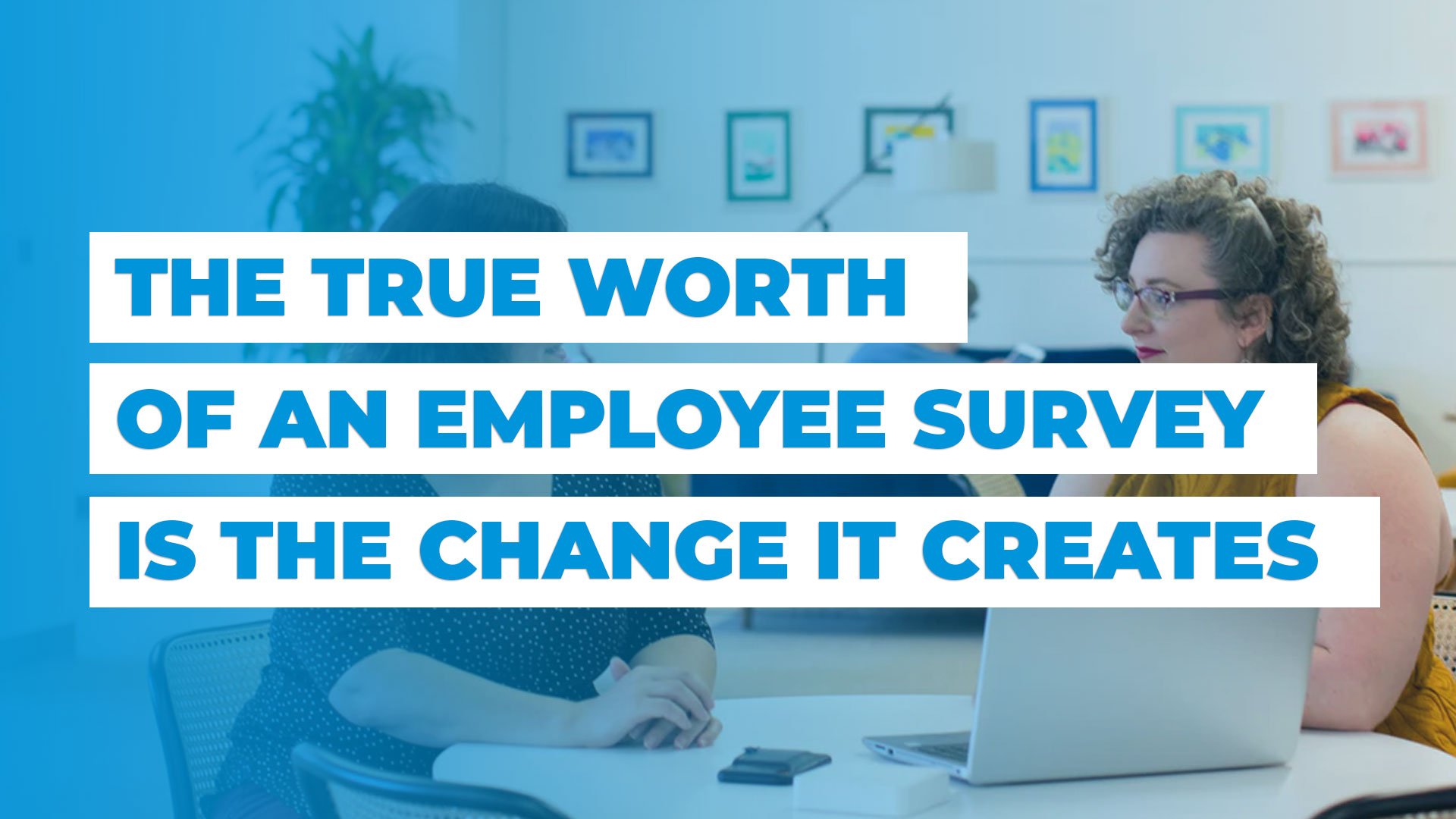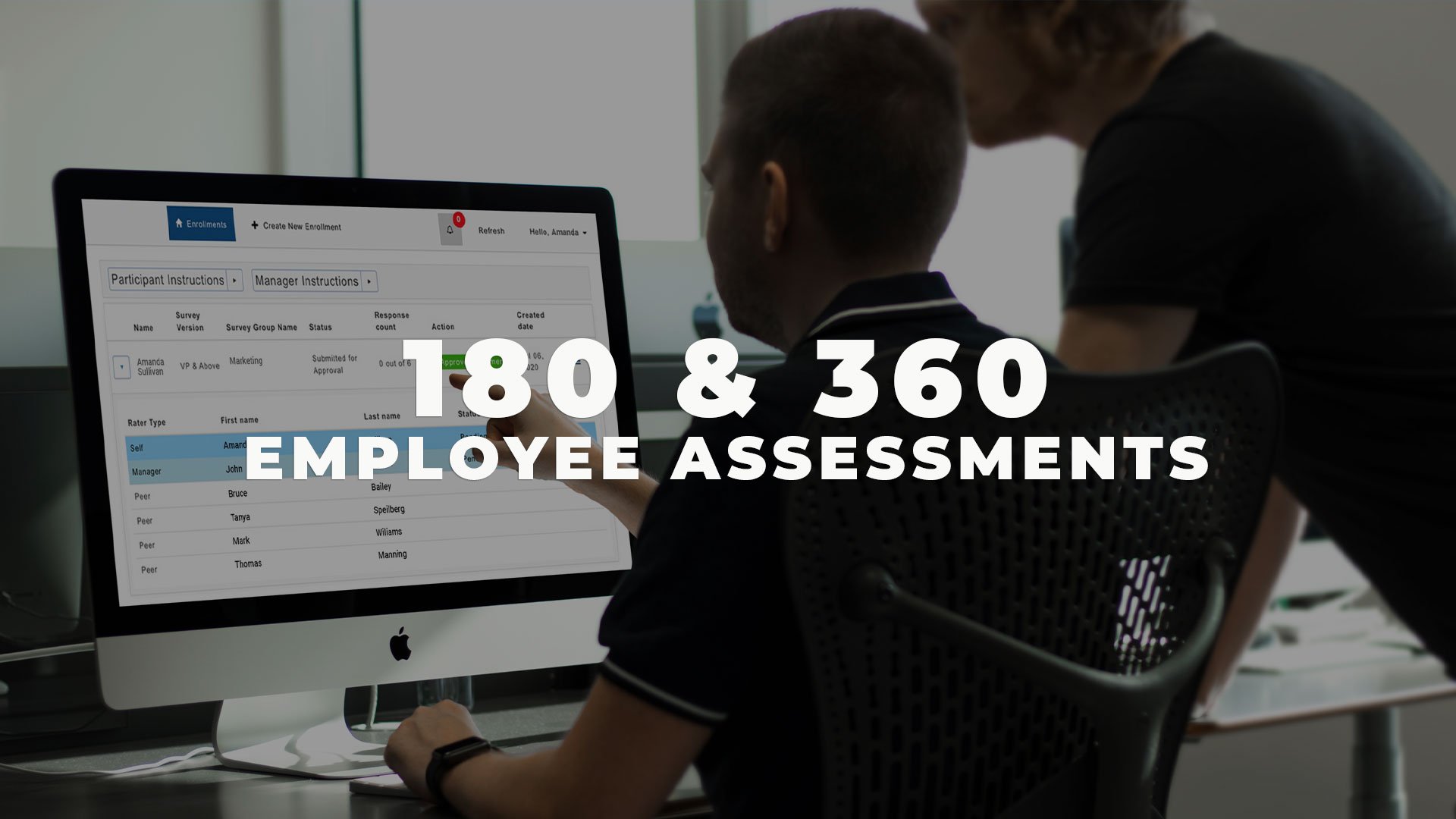
Creating a tailored competency model that aligns with your strategic goals can help employees by setting expectations, outlining the specific skills and knowledge needed for success, and providing opportunities for assessment and development.
Understanding Competency Models
A competency model is a framework that outlines the skills, knowledge, behavior, and characteristics required to be successful in either specific roles or throughout an organization. These models help both organizations and employees by setting clear standards and measurements for effectiveness in one's role. Competency models have a core that is consistent throughout all levels in a company yet are modified to reflect differing responsibilities. They are often used throughout the employee lifecycle, from selection and assessment to performance management, and career development. By using competencies consistently across these talent management activities, expectations are aligned and employees have the best chance to be successful.
By taking the time to develop competency models, organizations ensure that they have a clear understanding of the skills and behaviors needed to achieve their strategic goals. This understanding allows them to align their talent development efforts with their overall business objectives.
Competency models can be developed using various methods such as job analysis, interviews with subject matter experts, and benchmarking against industry standards. It is important to involve key stakeholders from different levels of the organization to ensure that the model reflects the unique needs and culture of the organization. Ideally, once competencies are drafted, they are validated through a research study. Often this includes multi-rater feedback.
[Related: 6 Steps to Launching a 360 RFP]
Factors to Consider in Developing a Competency Model
The competency model should align with the organization's strategic goals to ensure that the skills and behaviors identified are relevant to achieving those goals. The model should also accurately reflect the skills and behaviors required for each specific role within the organization, which can be determined through job analysis and input from employees. It’s also critical that the model is tailored to the organization's culture to ensure that it is embraced by employees and integrated into daily work practices. This is why you can’t just Google your way to a competency model; the one you create must be unique to your organization.
It's also important for organizations to consider future performance. Where is the organization headed, and how is it preparing to fulfill its potential? Considering what will be required to succeed in an evolving business landscape will help ensure an organization’s long-term success.
[Related: Barriers to Open Feedback]
Tailoring the Competency Model for Senior Leaders
Senior leaders play a critical role in driving organizational success, and many organizations choose to tailor their competency model specifically for this group. Senior leaders need to possess skills beyond what’s required of the larger employee base, such as leadership skills, strategic thinking, decision-making, and effective communication. These competencies should be clearly defined and integrated into the model at the leadership level.
The model should also consider the future leadership needs of the organization. It should identify the competencies required for future senior leadership roles and provide development opportunities to prepare potential successors.
By tailoring the competency model for senior leaders, organizations can ensure that their top executives have the skills and behaviors necessary to drive organizational performance and achieve both short-term and long-term success within their particular industry and with their existing challenges and goals.
[Related: How 180s Make Managers Better Leaders]
Assessing Competencies and Continuous Improvement
Assessing competencies helps organizations identify the gaps in skills and behaviors and determine the effectiveness of their talent development efforts. Organizations can use various assessment methods such as 360-degree feedback assessments to measure employees' proficiency in the identified competencies. Assessment results should be used to provide employees with feedback and coaching on how to improve their competencies, which can help them further develop their skills and behaviors.
Competency models should be continuously reviewed and refined based on the assessment results and feedback from employees. This ensures that the model remains up-to-date and relevant to the organization's changing needs. By regularly assessing competencies and focusing on continuous improvement, organizations can enhance employee performance, develop their talent pool, and achieve their strategic goals.
Not sure how to get started? We can help. Book a meeting today to get started.
Author

Amanda focuses on business development, including creating branded content, managing special events, and working with clients to enhance their internal communications. Amanda comes to OrgVitality from the media industry, where she had 20 years of experience writing for national magazines, newspapers, online publications, and television news programs. She graduated from Columbia University with a B.A. in English and Comparative Literature







